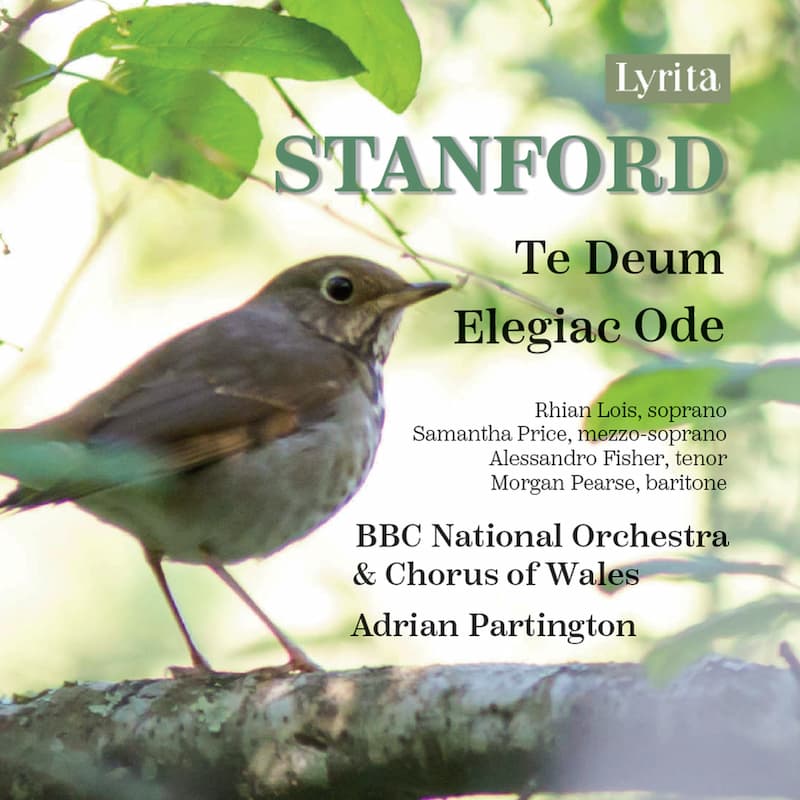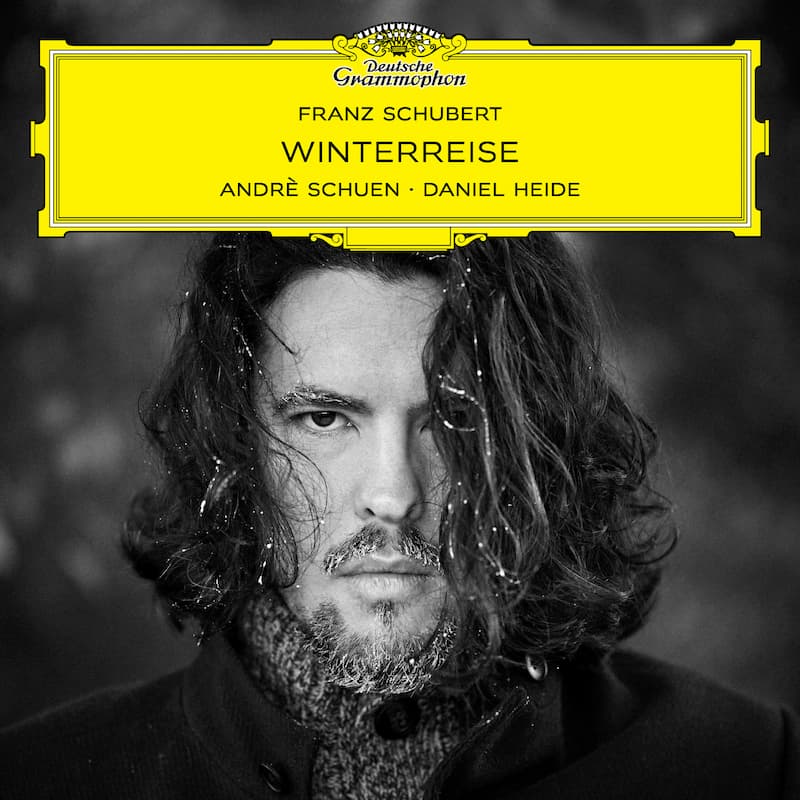Originally created for piano and orchestra, Isaac Albéniz’s Rapsodia española received its premiere with Albéniz as the piano soloist with the Orquesta de la Sociedad de Conciertos, Tomás Bretón conducting, in March 1887. Albéniz’ version for piano four-hands came that same year. In a single movement, the rhapsody uses four Spanish dances to paint its pictures of Spain.
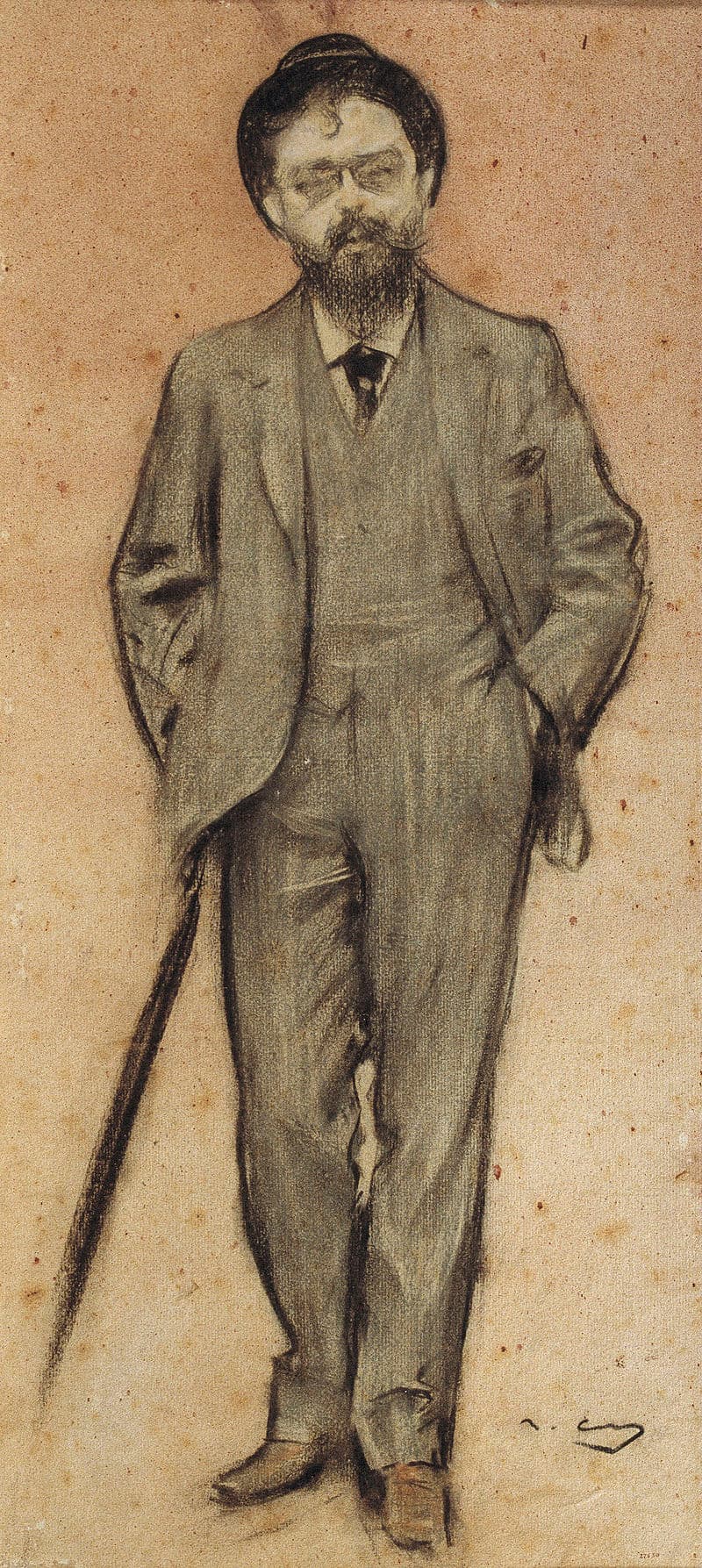
Ramon Casas: Albéniz (Museu Nacional d’Art de Catalunya)
Much like Manual de Falla’s later Nights in the Garden of Spain, but much more like Liszt in his Hungarian Rhapsodies, Albéniz starts with a slow introduction that sets us definitely in Spain. The following dance episodes were based on popular Spanish tunes of the 1880s.
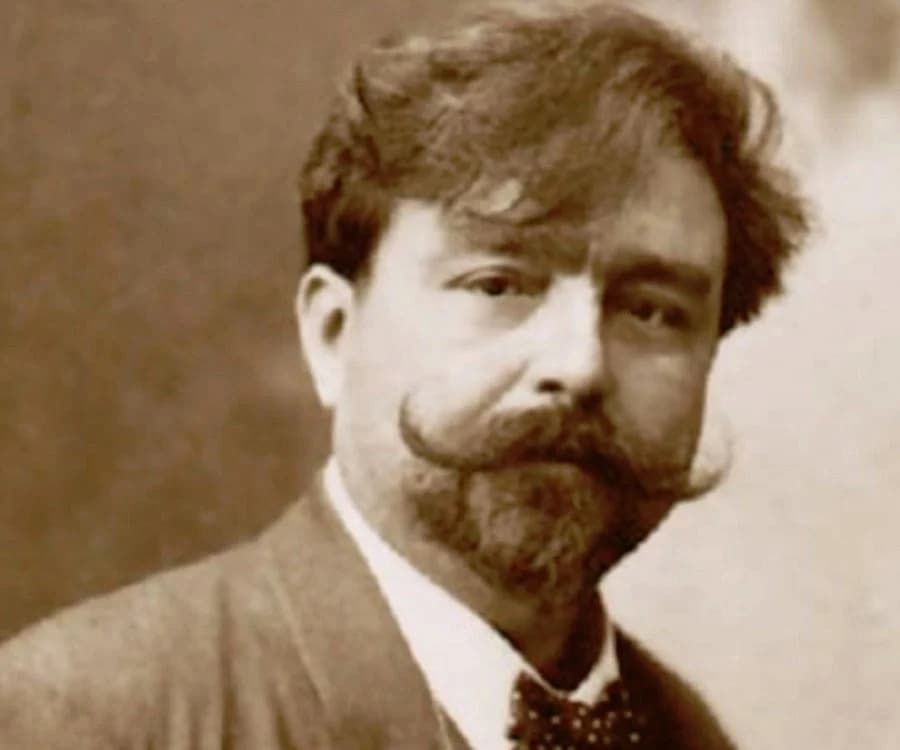
Isaac Albéniz
The introduction sets the Spanish theme, but a Spanish idea tinged with a certain amount of melancholy. This melody will recur twice later in the piece.
The first dance, the Peternera, is based on a flamenco dance by Mariani. The peterana, as a dance, is in a 12-beat meter, with the emphasis on beats 3, 6, 8, and 10, giving it an uneven feeling. It is thought to be named after a woman from the town of Paterna, in the province of Cádiz, and she was considered, due to her power of seduction, the ‘damnation of men’ and so is considered an unlucky song.
The melody of the introduction returns.
The second dance, a Jota Aragonese, is based on a melody by Albéniz, and has a characteristic triplet rhythm. This version is similar to the one Albéniz wrote as No. 6 in his Suite española (1882-89) as his memory of Aragón.
The third dance is a slower Malagueña, on a melody by the Málaga singer Juan Breva, presenting the dance in a languid flamenco. Breva, 1844–1918, was one of the greatest flamenco performers of all time. In a poem dedicated to Breva, García Lorca described him as one ‘who had the body of a giant and the voice of a girl and who, like Homer, sang blind…’.
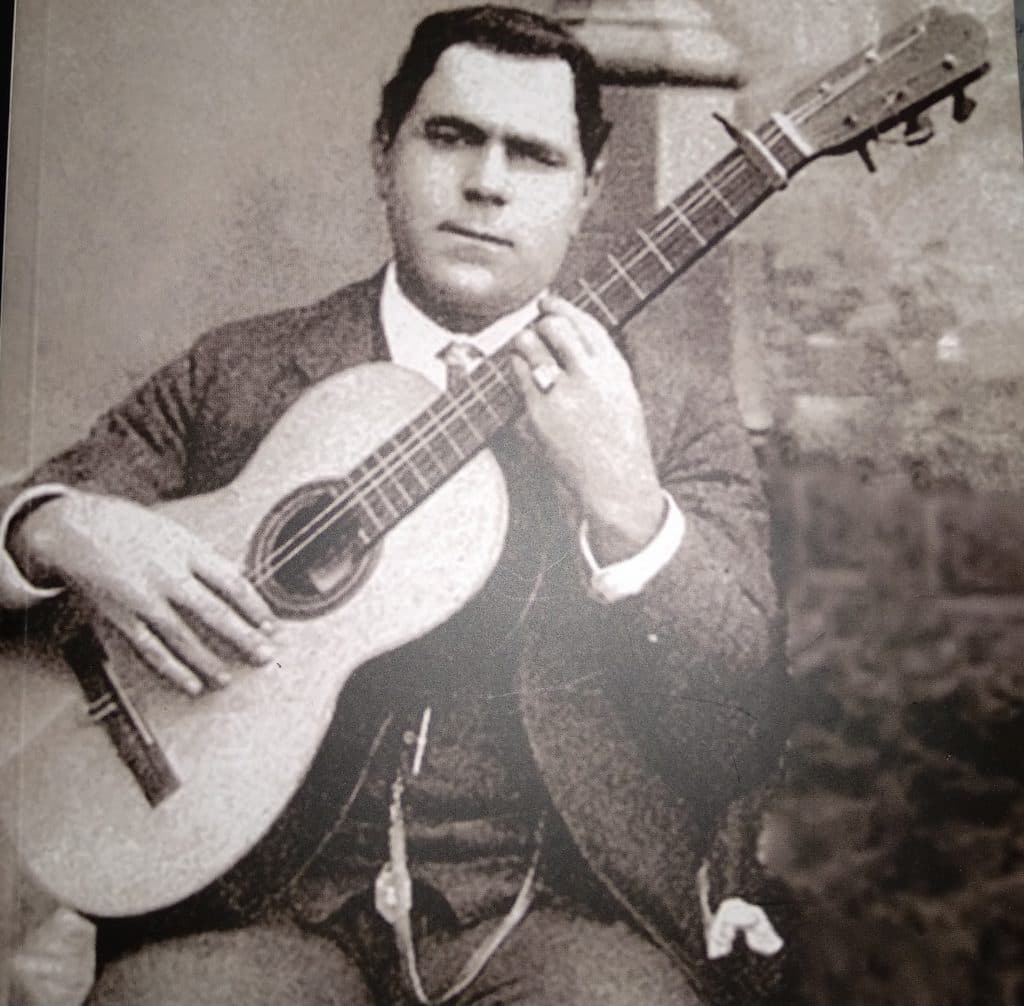
Juan Breva
The introduction material returns for the last time. Since the introduction has such a melancholic feeling, its use between sections grounds us in the complexities of Spain: not solely a place for dramatic dances of love, but a place where love is disappointing, and life is difficult.
The final dance, an Estudiantina waltz, is syncopated and operates rather as a cadenza, providing the pianist in the original arrangement for piano and orchestra a chance to bring all the elements of the work together. In this arrangement for piano four-hands, one piano comes to the fore.
Isaac Albéniz: Rapsodia española, Op. 70 (version for 2 pianos) (Dúo Van Duá)
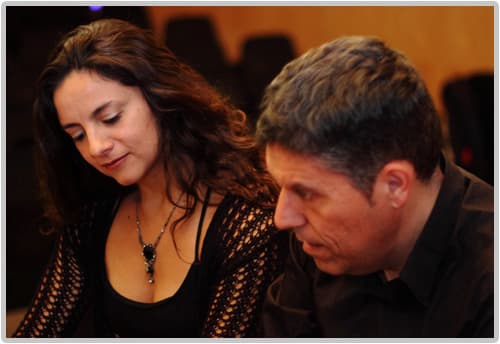
Dúo Van Duá
The performers, Dúo Van Duá, are pianists Pamela Pérez and Pedro Mercado who have been working together since 2008. Their first recording of French music for piano four hands came out in 2010. They encourage the performance of music for piano four-hands both through performances of the repertoire and through the transcription of music from all periods and in all styles. Their concerts are generally in two parts: the first part is of work originally written for piano four-hands and the second half of the orchestral transcriptions and arrangements for piano four-hands.
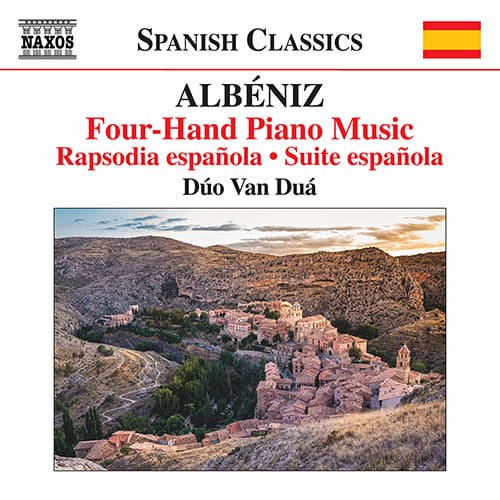
Isaac Albéniz: Rapsodia española, Op. 70
Performed by
Dúo Van Duá
Official Website
For more of the best in classical music, sign up to our E-Newsletter

